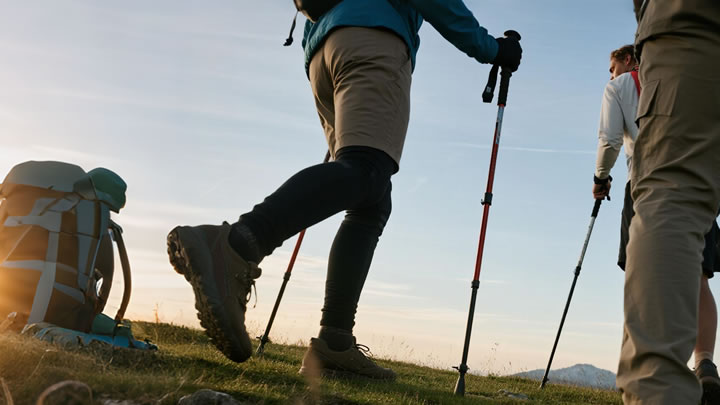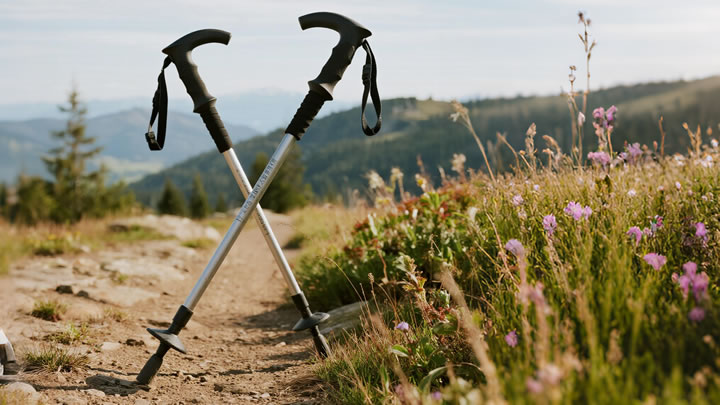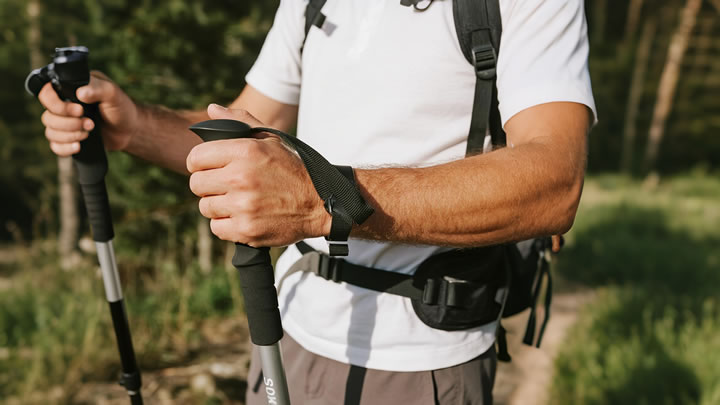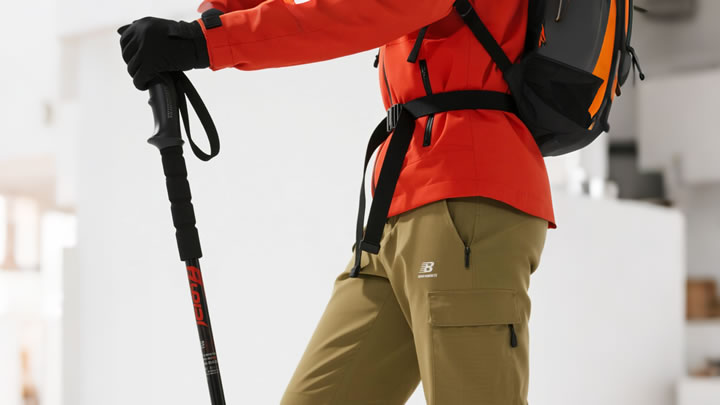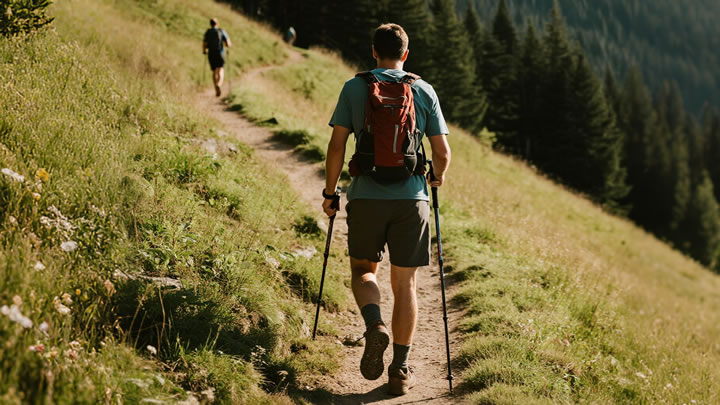Are there gender-specific trekking poles?
The short answer: No – but proper fit is non-negotiable. While some brands market "women’s-specific" poles (often featuring shorter lengths, narrower grips, pastel colors, or lighter weight), these are primarily sizing and cosmetic variations, not biological necessities. Here’s how to cut through marketing hype and choose poles engineered for your body.

Why "Gender-Specific" is Mostly Marketing
- Anthropometry Over Gender:Hand size, height, arm length, and strength vary massively within genders. A woman with large hands may need a "men’s" grip; a petite man might prefer a "women’s" shaft length.
- No Biomechanical Mandate:Pole mechanics (weight transfer, propulsion, stability) function identically across sexes. Technique matters far more than minor weight differences.
- The "Shrink & Pink" Trap:Some "women’s" models are just scaled-down versions with higher price tags – avoid unless dimensions align with your needs.
Key Fit Factors That Actually Matter
| Feature | Why It’s Important | Universal Solution |
|---|---|---|
| Grip Circumference | Hands vary 40%+ in width/girth. Too-thick grips cause fatigue; too-thin reduces control. | Measure hand width: Opt for grips matching your palm (typically 25-30mm slim vs. 30-35mm standard). |
| Shaft Length | Dictates elbow angle (critical for efficiency). Depends solely on height/arm length. | Formula: Height (cm) × 0.68 = pole length. Test: Elbow ≈ 90° when tip touches ground. |
| Strap Design | Wrist size varies. Poorly scaled straps chafe or slip. | Adjustable straps > gender labels. Prioritize padded, contoured shapes. |
| Weight | Lighter poles reduce fatigue on long hikes – a preference, not gender rule. | Carbon fiber (light) vs. aluminum (durable). Choose based on terrain/priority. |
When "Women’s" Poles Might Fit Better (And Why)
Certain features correlate with common anatomical trends:
- Shorter Lengths: Default women’s poles often start at 100-105cm (vs. 110cm men’s) – better for hikers under 5’4" (163cm).
- Slimmer Grips: Average female hand width is ~2.5cm narrower. Narrow grips (25-28mm) prevent overreach.
- Contoured Grips: Some models taper toward the top, accommodating smaller palms.
- Softer Strap Edges: May reduce pressure on smaller wrist bones.
Crucially: These are trends, not rules. Always prioritize individual measurements.
The Unisex Advantage
Most premium brands (e.g., Black Diamond, Leki) use unisex sizing:
- Adjustable lengths (e.g., 110-130cm) fit all heights.
- Interchangeable grips/straps customize fit.
- Focus on engineering, not stereotypes.
How to Choose YOUR Perfect Pole: 4-Step Fit Test
- Measure Your Hand:Wrap a tape measure around dominant knuckles.< 8" (20cm): Opt for slim grips (≤28mm).> 8.5" (22cm): Standard grips (30-35mm).
- Calculate Length:Height (in cm) × 0.68 = starting length. Adjust for:Descents: Add 5-10cm.Ascents: Subtract 5-10cm.
- Test Strap Comfort:Adjusted straps shouldn’t pinch wrist bones or slide.
- Weight vs. Durability:Carbon: Best for weight-conscious hikers (trail runners, ultralight).Aluminum: Ideal for rough terrain, heavy loads, or budget focus.
The Verdict: Ignore Labels, Focus on Physics
"Gender-specific" poles solve imaginary problems while distracting from real ones:
- A man with small hands needs a narrow grip.
- A tall woman needs extended pole length.
- Anyone can prefer vibrant colors.
Invest in poles that match your body’s mechanics:
✅ Adjustable length (cork > foam grips)
✅ Ergonomic grip scaled to your hand
✅ Contoured, adaptable wrist straps
✅ Material suited to your terrain
Pro Tip: Buy from brands offering grip/strap customization. Your poles should feel like natural extensions of your arms – regardless of gender.

